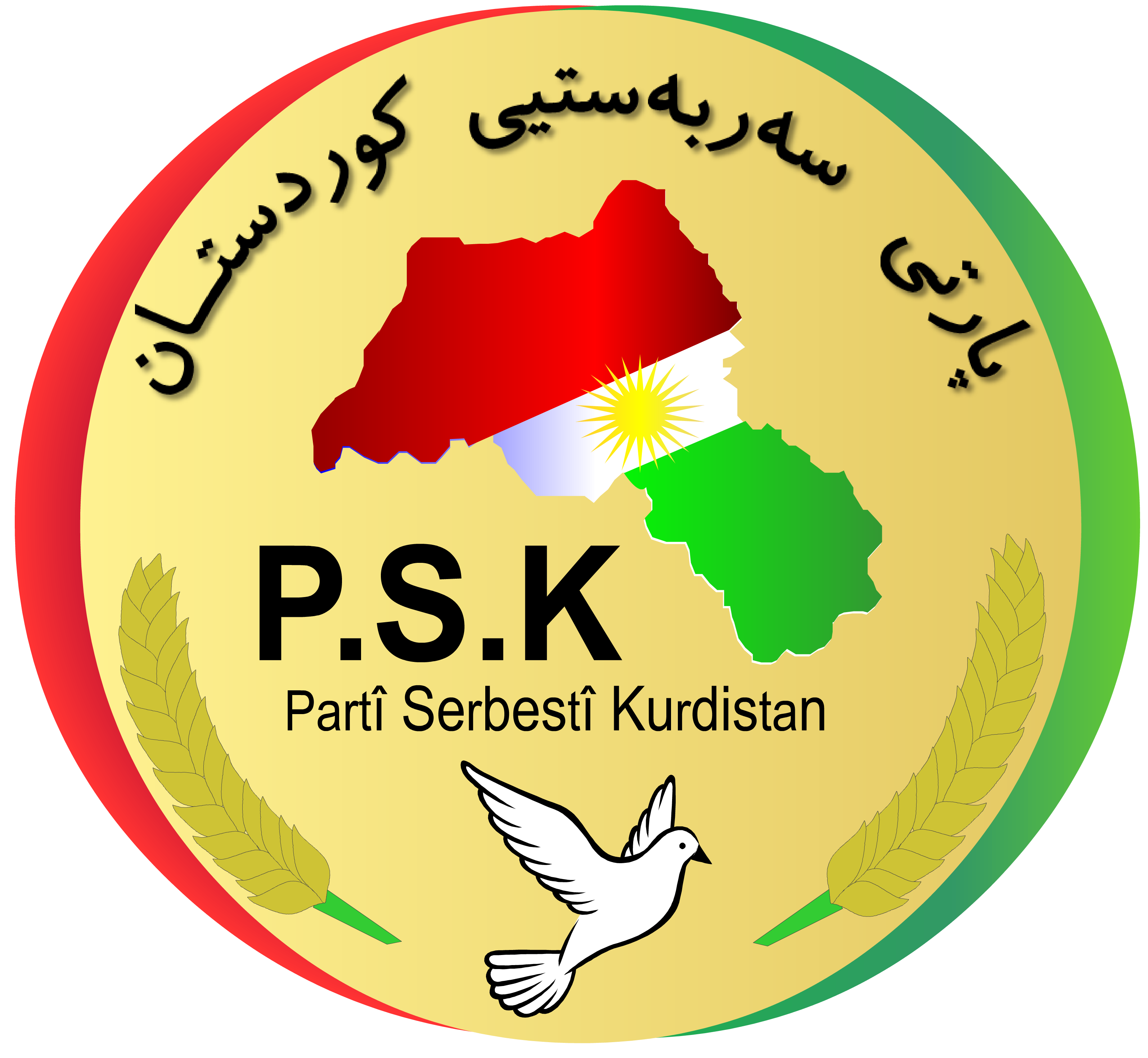ویوین تیبس - Making Digital Text Readable
Have you ever opened a document, or perhaps visited a website, only to find a jumble of strange symbols where clear words should be? It's a common, rather frustrating experience when your screen shows things like `Øø±ù ø§ùˆù„ ø§ùø¨ø§ù‰` instead of the meaningful text you expect. This kind of digital mix-up, where perfectly good Arabic or other language characters turn into what looks like digital gibberish, can make simple communication feel quite impossible, so it's a real bummer when it happens.
Picture this: you have important information, maybe even something from a database, that's supposed to be in a language like Arabic, but it comes out looking like `ø³ù„øøšø¯ø± ø¨ù…ù‚ø§ø³ 1.2â ù…øªø± ùšøªù…ùšø² ø¨ø§ù„ø³ù„ø§ø³ø© ùˆø§ù„ù†ø¹ùˆù…ø©`. You know it's meant to convey details, perhaps about phone types or measurements, but it's just a string of characters that don't make any sense at all. It's like trying to read a secret code you don't have the key for, and it can leave you feeling a bit lost, as a matter of fact.
Luckily, there are ways to sort out these digital text puzzles. This is where "ویوین تیبس" comes in, offering some practical advice to help you get your digital words looking just right again. These suggestions aim to shed some light on why these character issues pop up and what simple steps you can take to make sure your text, whether it's about `اù„ù‡ø§ù ø§øª ù†ùˆø¹ ( ùƒù„ø³ùˆù† ) ù‚ø·ù†` or anything else, appears exactly as it should, you know, clear and readable.
Table of Contents
- The Mystery of Garbled Text
- Why Do Our Words Get Mixed Up?
- Can "ویوین تیبس" Help Fix My Display Woes?
- What Happens When Text Goes Wrong?
- Getting Your Database to Speak Clearly
- Making Websites Show Text Just Right
- A Clear Path Forward for Your Text
- How Can We Keep Text Looking Good for Good?
The Mystery of Garbled Text
It's a common head-scratcher, isn't it? You've got text that should be perfectly readable, perhaps a message about `مون سون سùœø²ù† ù…ûœúº ù…ø¹ù…ùˆù„ سùœ ø²ûœø§ø¯û ø¨ø§ø±ø´ùˆúº`, and it turns into a bizarre collection of symbols. This isn't just a minor annoyance; it can really mess with how we share information. When digital words get mixed up, it feels like a piece of the conversation just goes missing, so you can see why it's a big deal.
What "ویوین تیبس" Says About Jumbled Letters
"ویوین تیبس" points out that these jumbled letters often happen because computers aren't speaking the same language, sort of. Think about how a unicode table lets you type characters from almost any language on Earth, including emojis, arrows, and even musical notes. It's supposed to be a common way for all these different kinds of symbols to show up correctly. But sometimes, something goes awry in the background, making those universal characters look like a puzzle, especially when they come from a database that wasn't set up quite right, you know.
Why Do Our Words Get Mixed Up?
The main reason for these text troubles usually comes down to something called 'encoding.' Imagine a secret code that turns what you type into something a computer can store. If the computer tries to read that code using a different secret key, it won't make sense. That's a bit like what happens when your Arabic text from a database, which might be `Øø±ù ø§ùˆù„ اùø¨ø§ù‰`, shows up as `Øø±ù ø§ùˆù„ اùø¨ø§ù‰` in a document. The computer is using the wrong "key" to show you the words, basically.
"ویوین تیبس" on Encoding Puzzles
"ویوین تیبس" explains that different computer programs and web pages expect text to be stored in particular ways. For example, some might expect 'UTF-8,' which is a very common way to handle all sorts of characters, including Arabic, while others might default to something older that doesn't quite get it. When you have text from a database that should be in Arabic words, but it looks like `ø³ù„øøšø¯ø± ø¨ù…ù‚ø§ø³ 1.2â ù…øªø±`, it's a pretty good sign that the encoding isn't matching up somewhere along the line. It's like trying to fit a square peg into a round hole, so to speak.
Can "ویوین تیبس" Help Fix My Display Woes?
Absolutely, "ویوین تیبس" offers some really helpful pointers for sorting out these display issues. The good news is that many of these problems have straightforward fixes once you know what to look for. It often involves checking a few settings or making small adjustments to how your computer or website handles text. You see, it's not about being a computer wizard, but more about understanding a few simple ideas, which is that it's pretty much about consistency.
Practical Steps from "ویوین تیبس"
One of the first things "ویوین تیبس" suggests is to always make sure your documents and web pages are set to use the correct character encoding, usually UTF-8. For instance, if you're working with an HTML document and your Arabic text from a database isn't showing right, you might need to add a line of code that tells the browser how to read the characters. This small change can make a huge difference in how text like `Øø±ù ø§ùˆù„ اùø¨ø§ù‰` transforms back into something you can actually read. It's a bit like giving your computer a proper dictionary for all the world's words, you know.
What Happens When Text Goes Wrong?
When text doesn't show up as it should, the impact can be pretty significant. Imagine trying to read important news about `Ù¾ø§ú©ø³øªø§ù† ù…ûœúº ú©ùˆø±ùˆù†ø§ ú©ûœ تø´ø®ûœøµøœ عù„ø§ø¬ ø§ùˆø± ùˆûœú©ûœø³ù† ú©ûœ تûœø§ø±ûœ ù…ûœúº اû ù… ù¾ûœø´ رù øª` or a government announcement about `Ùˆø²ûœø± ø§ø¹ø¸ù… ú©ø§ øªø¹ù…ûœø±ø§øªûœ ø´ø¨û’ ú©û’ ù„ûœû’ بú‘û’ ù…ø±ø§ø¹ø§Øªûœ ù¾ûœú©ø¬ ú©ø§ اعù„ø§ù†`, but all you see are those strange symbols. It stops the flow of information dead in its tracks. This can lead to confusion, misunderstandings, and a whole lot of wasted time for anyone trying to get the real message, which is pretty much the last thing you want.
The Impact, According to "ویوین تیبس"
"ویوین تیبس" highlights that these text display problems aren't just about aesthetics; they affect how businesses communicate with their customers, how governments share vital updates, and how people simply talk to each other online. If your website shows `سù„øøšø¯ø± ø¨ù…ù‚ø§ø³ 1.2â ù…øªø±` instead of a product description, potential buyers won't know what they're looking at. This can damage trust and make things really difficult for everyone involved. It's like trying to sell something when no one can read the label, you know, it just doesn't work.
Getting Your Database to Speak Clearly
Many text display issues start right where the information is kept: in the database. If your database isn't set up to store different language characters correctly, then no matter how perfectly your website or document tries to show them, they'll come out wrong. This is a common situation for people who have Arabic text in their SQL pure text files and see it turn into `Øø±ù ø§ùˆù„ اùø¨ø§ù‰` when they open it somewhere else. It's a foundational step, you see, to get the storage right.
"ویوین تیبس" on Data Storage Clarity
"ویوین تیبس" advises checking your database's character set settings. Most modern databases should use UTF-8 for storing text, as it supports nearly all written languages. If your database is using an older, more limited character set, it simply won't know how to handle the wide array of characters found in languages like Arabic. Changing this setting, or making sure new
- How Many Children Did Elizabeth Taylor Have
- Where Does Belle Delphine Live
- Tiktok Follower Bot
- Lucy Hale Height
- Senior Swingers

Islamabad Nursery Farm

پارتی سهربهستیی کوردستان

Pin on Kenan Imirzalioglu | Historical figures, Historical, Fictional